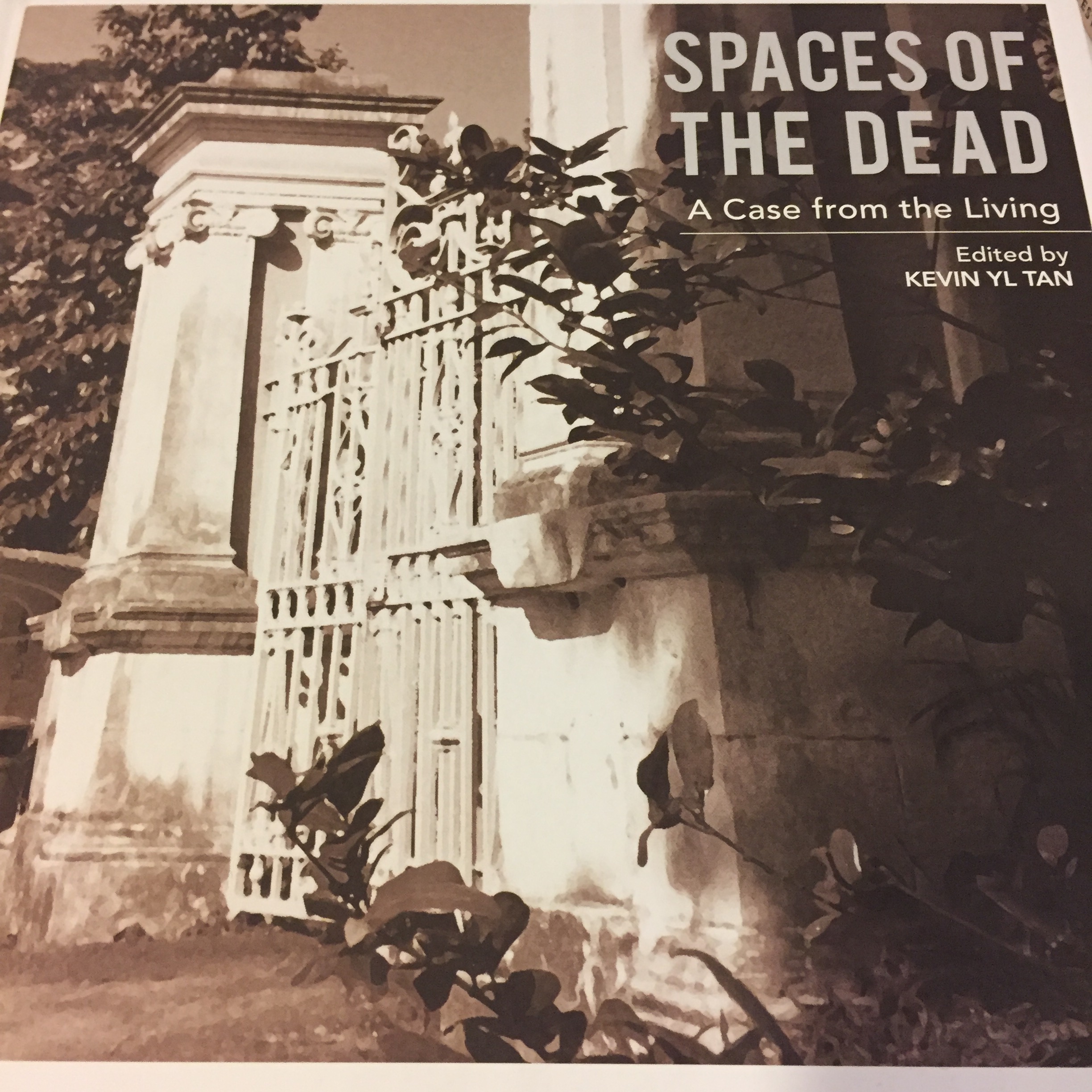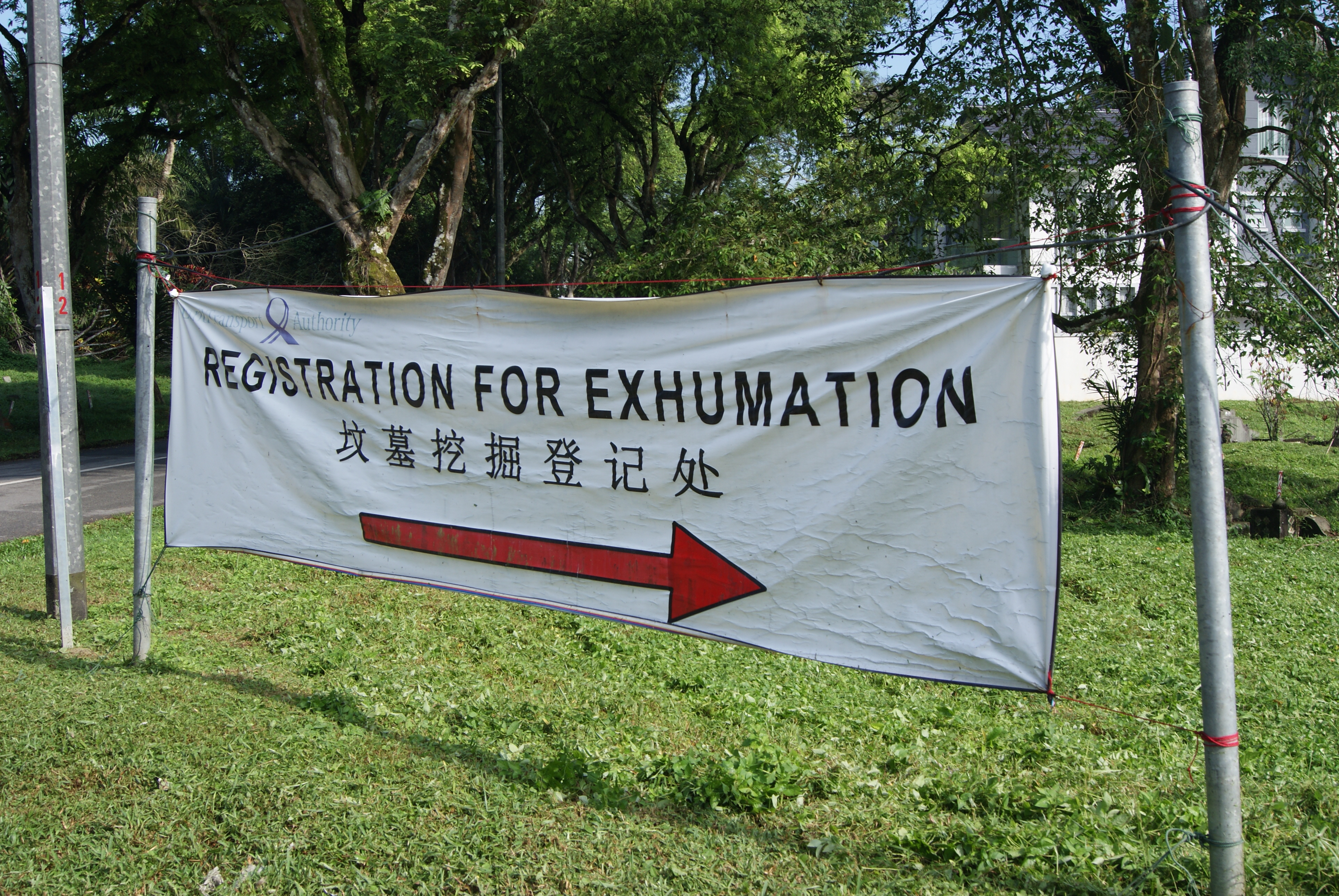In land-scarce Singapore, it is not only a monumental challenge to fight for the preservation of our historical cemeteries, it is just as tough to publish a book that documents the rich heritage contained in them.
In 2011, the Singapore Heritage Society (SHS) published the book Spaces of the dead: A case from the living, which documented the rich heritage found in some of Singapore’s remaining historical cemeteries, such as Bidadari and Bukit Brown.

At the Singapore Writers’ Festival (SWF) on Nov. 11, Singapore Heritage Society (SHS) president, Kevin Tan, recounted the difficulties in getting it published. Some of the problems have also been documented in the preface that Tan had written in the book:
Raising funds for the project proved extremely difficult. Most would-be corporate sponsors I tried approaching immediately switched topics when I told them that I was looking for money to publish a book on cemeteries. 'Why on earth do you want a book on cemeteries?' they asked. I'm not sure they were too interested to hear my explanations and justifications, and even those who were polite enough to hear me out, even more politely ushered me out empty handed.
Despite the obstacles, the book was eventually published, 10 years after the idea for it was first raised.
It is a sad fact, however, that by the time the book came out, the likes of Bidadari cemetery, which is featured in the book, had already been cleared and exhumed for public housing to be built.
In 2016, five years after the book's publication, parts of Bukit Brown cemetery, which it also features, have been exhumed to make way for a road.
As observed by Tan during the SWF panel, the exhumation and development of the land that old cemeteries sit on in Singapore happens particularly quickly.
The loss of Singapore’s heritage through the exhumation of its historical cemeteries in the name of development, however, is immense.
Bidadari Cemetery
Bidadari, for example, is a cemetery officially opened in 1908 to replace the old Christian cemetery at Bukit Timah. The cemetery held the tombs of pioneers, such as Lim Boon Keng, Ahmad Ibrahim, and lawyer, politician and Lee Kuan Yew’s first boss, John Laycock.
Sadly, the cemetery today is no more, and its land has been used to construct HDB flats for the living.
After the exhumation, the tombstones of these pioneers were moved to a memorial garden in Vernon Park. Regrettably, the memorial garden bears no official name and is likely to be relocated again in the future.
Bukit Brown Cemetery
Bukit Brown cemetery, which is one of the remaining historical cemeteries in Singapore, was officially opened in 1922. It holds the tombs of many notable pioneers, including businessmen Ong Sam Leong and Chew Boon Lay among them.
Presently, more than 3,000 of the 100,000 graves at the cemetery have been exhumed for a new road to be constructed.
Fortunately, however, there is growing awareness of Bukit Brown's historical significance through the outcry that was generated when the government proposed plans to develop the area. Yet, it remains to be seen whether the awareness and outcry will successfully lead to the preservation of the cemetery.
Singapore's heritage sites are fragile and highly susceptible to demolition in the name of progress and development. It is through publications, such as SHS' Spaces of the dead that serve to document, inform, educate, and in the process, preserve Singapore's lost heritage in collective memory.
Spaces of the dead: A case from the living is available at bookstores.
Top photo from Wikipedia
If you like what you read, follow us on Facebook and Twitter to get the latest updates.
If you like what you read, follow us on Facebook, Instagram, Twitter and Telegram to get the latest updates.
